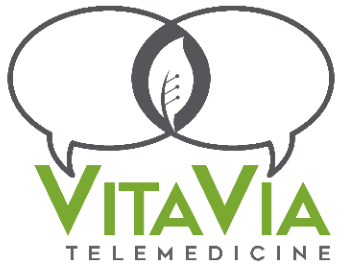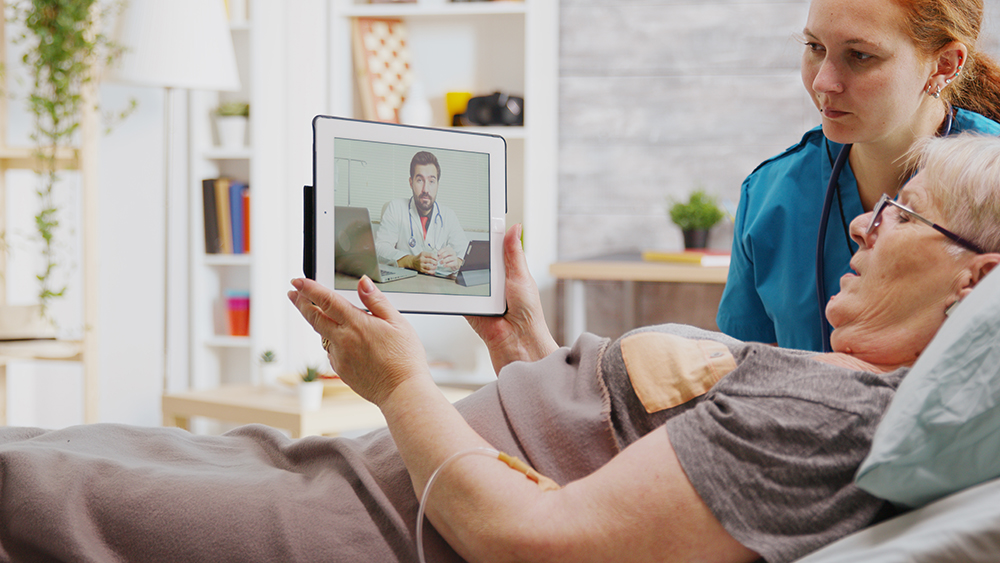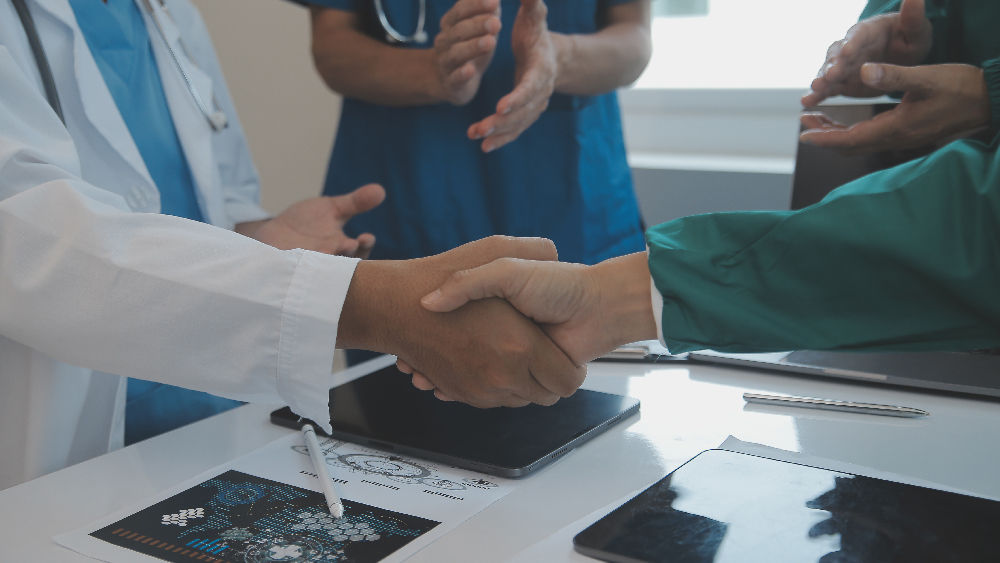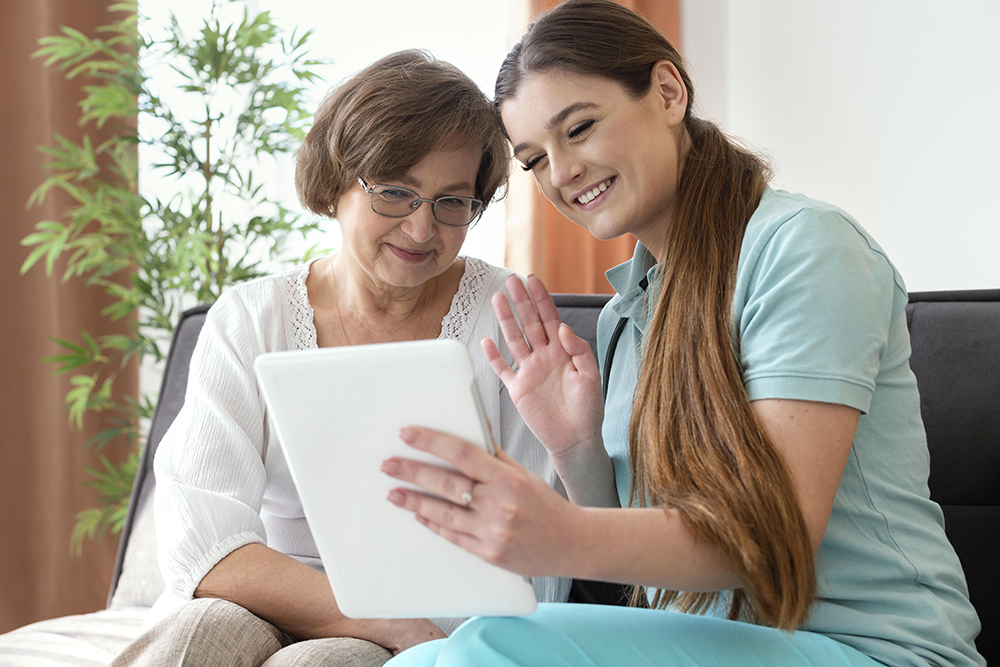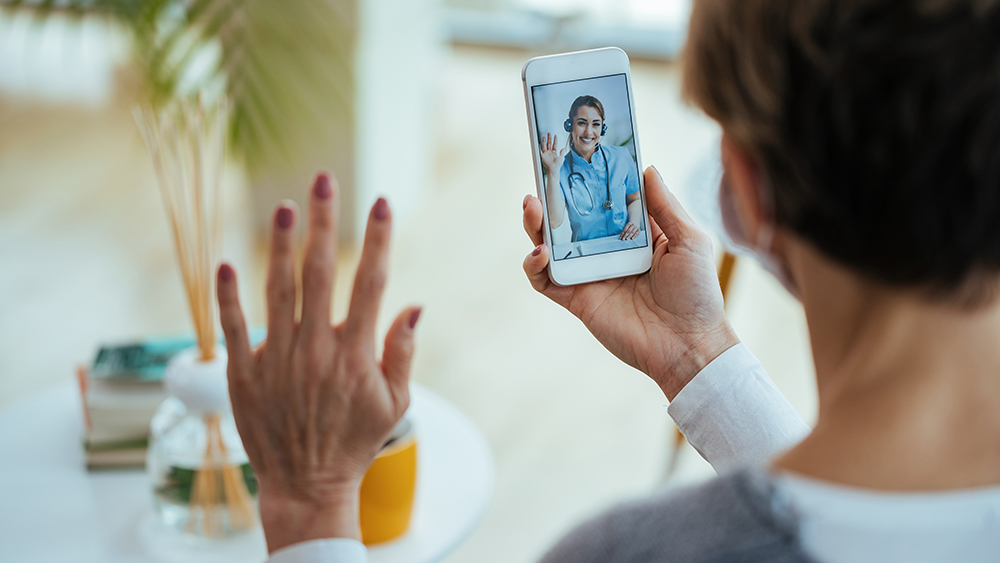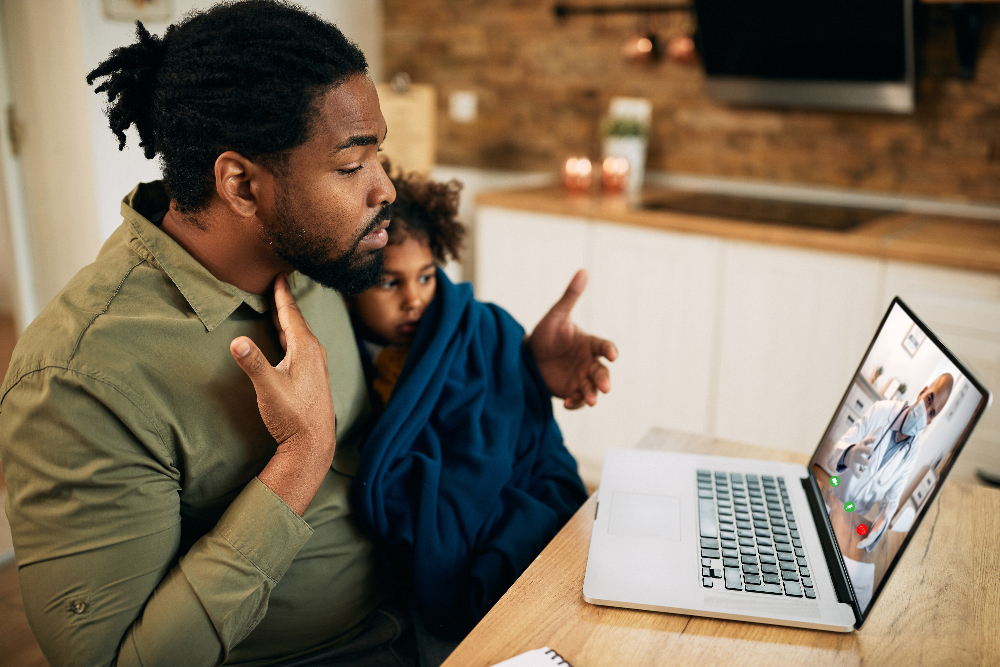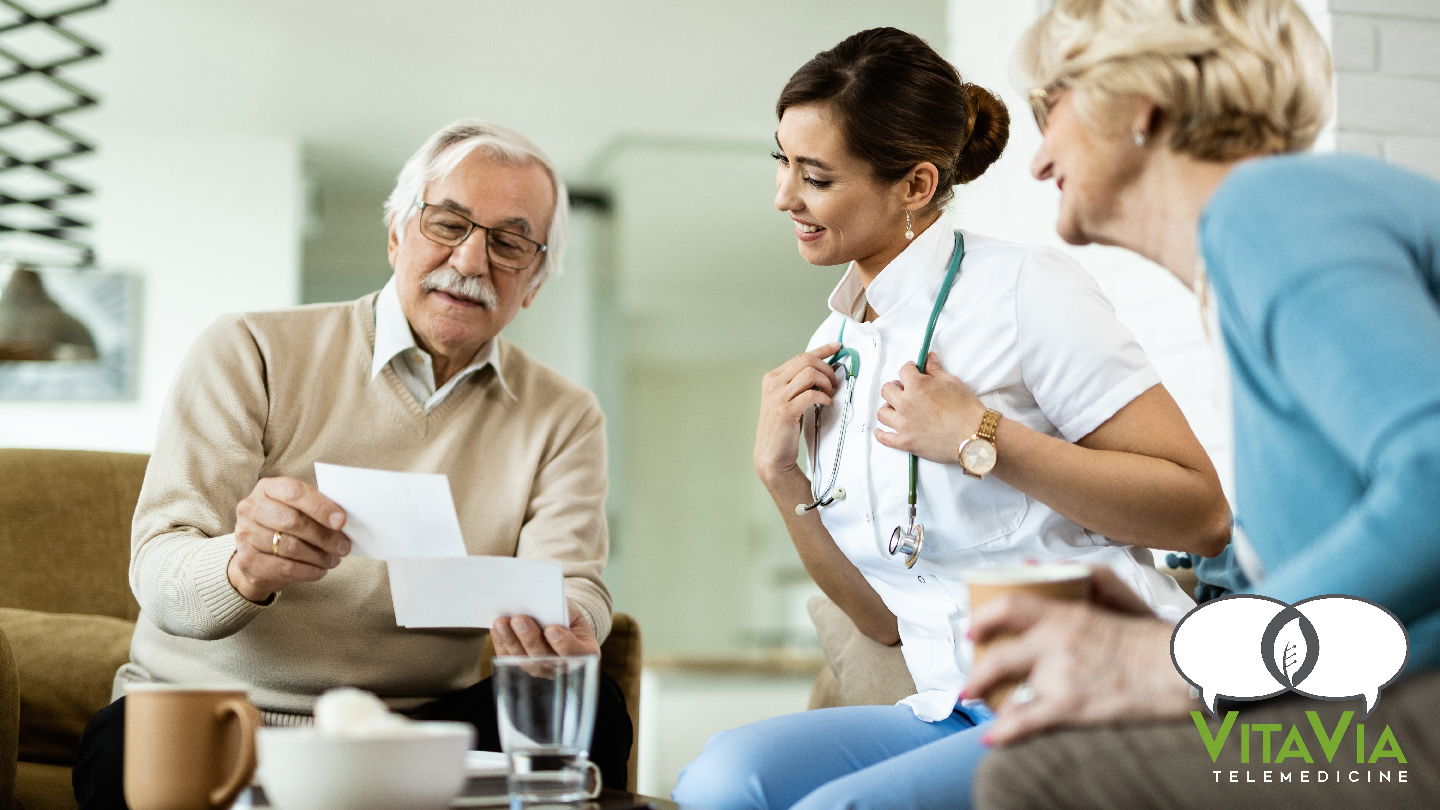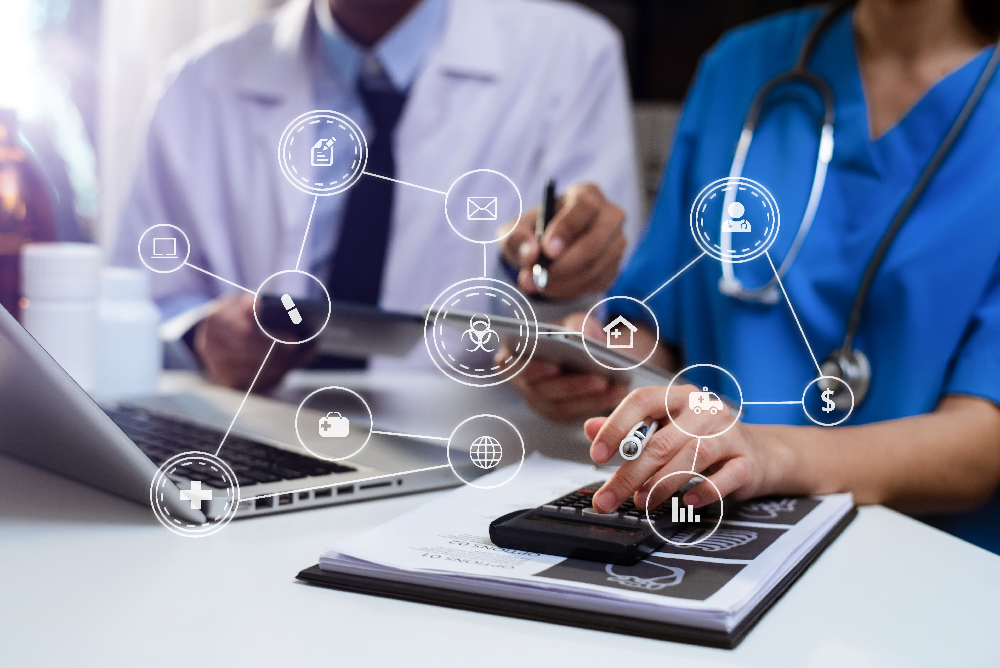Empowering Healthcare: The Evolution of Remote Patient Monitoring
In today’s fast-paced world, the realm of healthcare has witnessed a transformative shift towards telemedicine and telehealth services. Among the various technological advancements, Remote Patient Monitoring (RPM) stands out as a revolutionary approach to delivering healthcare services, particularly for elderly and high-risk patients. This article explores the benefits and challenges of RPM, emphasizing its role in enhancing the lives of these vulnerable populations. Furthermore, we delve into the integration of wearable devices in RPM and their pivotal role in the telehealth landscape.
The Rise of Telemedicine and Telehealth
The advent of telemedicine has brought about a paradigm shift in the way healthcare delivers to patients today. Telemedicine encompasses a range of services that facilitate remote healthcare consultations, diagnostics, and monitoring. It leverages telecommunications technology to bridge the gap between doctors and patients, irrespective of geographical constraints. Telehealth, a broader term encompassing telemedicine, includes not only remote clinical services but also non-clinical services such as education, training, and administrative meetings, further expanding its scope.
The Essence of Remote Patient Monitoring
Remote Patient Monitoring (RPM) is a vital component of telemedicine and telehealth. RPM involves the use of technology to collect patient data, usually in the form of vital signs, symptoms, and other health-related information, from a patient located in one place and transmit it to a healthcare provider in another. This enables healthcare professionals to monitor their patients’ conditions remotely, ensuring timely interventions and improved outcomes. RPM is especially significant in the context of primary care, offering a lifeline to patients who cannot easily access healthcare facilities, such as those residing in Houston, Texas, or other remote areas.
Benefits of Remote Patient Monitoring
RPM offers an array of benefits, making it a game-changer in healthcare delivery. The advantages of RPM have emphasis on elderly and high-risk patients, who often face mobility challenges and chronic health conditions. Here are some key benefits:
- Enhanced Access to Healthcare: RPM breaks down geographical barriers, allowing patients to receive healthcare services without having to travel long distances. This is especially crucial for elderly individuals who may find it physically taxing to visit a doctor’s office regularly.
- Early Detection and Intervention: RPM enables continuous monitoring of vital signs and symptoms, facilitating the early detection of health issues. For high-risk patients, such as those with cardiovascular diseases or diabetes, timely intervention can be life-saving.
- Improved Medication Management: Elderly patients often have complex medication regimens. RPM helps in medication adherence by sending reminders and ensuring that patients take their medications as prescribed.
- Reduced Hospitalizations: By proactively managing chronic conditions, RPM can help prevent hospital readmissions, saving both healthcare costs and patients’ well-being.
- Patient Empowerment: RPM encourages patients to take an active role in their healthcare. It provides them with valuable insights into their health status, promoting healthier lifestyle choices.
- Quality of Life: For elderly individuals, RPM offers the opportunity to maintain their independence and quality of life by providing reassurance that medical help is readily available if needed.
- Cost-Efficiency: RPM can reduce healthcare costs by preventing complications and hospitalizations, making it an economically viable option for both patients and healthcare systems.
Challenges of Remote Patient Monitoring
While RPM offers significant advantages, it is not without its challenges:
- Technology Barriers: Elderly patients may struggle with using the necessary technology, such as smartphones or wearable devices. This can hinder the adoption of RPM among this demographic.
- Data Privacy and Security: Transmitting sensitive health data over the internet raises concerns about privacy and security. Ensuring data protection is paramount in RPM implementation.
- Integration with Healthcare Systems: Integrating RPM data into existing healthcare systems and electronic health records (EHRs) can be challenging and requires standardization.
- Reimbursement Issues: The reimbursement landscape for RPM services can be complex, with varying policies and regulations in different regions.
- Provider Workload: Healthcare providers may experience increased workloads due to the continuous monitoring of patients, necessitating effective triage and resource allocation.
Wearable Devices in Remote Patient Monitoring
Wearable devices have emerged as a cornerstone of remote patient monitoring, bridging the gap between patients and healthcare providers. These devices come in various forms, such as smartwatches, fitness trackers, and wearable patches, and have sensors capable of tracking vital signs, physical activity, sleep patterns, and more.
Wearable devices offer several advantages in RPM:
- Continuous Data Collection: Wearables provide real-time data. This enables healthcare providers to monitor patients’ health trends continuously.
- User-Friendly: Many wearable devices are designed with user-friendliness in mind. This making them accessible even to elderly patients who may not be tech-savvy.
- Alerts and Notifications: Wearables can send alerts and notifications to both patients and healthcare providers when abnormal readings or significant deviations from baseline values are detected.
- Improved Patient Engagement: Patients can actively engage in their care by tracking their own health data through wearable devices, fostering a sense of responsibility for their well-being.
- Remote Consultations: Wearable data can be easily shared during remote online doctor visits, providing healthcare providers with valuable insights into the patient’s condition.
VitaVia Telemedicine: Empowering Healthcare at Home and Beyond
VitaVia Telemedicine is paving the way for patients to receive medical services in the comfort of their own homes. Whether you reside in bustling Houston, Texas, or in a remote corner of the country, VitaVia Telemedicine is your partner in accessible healthcare.
Our platform offers a wide range of services, including online doctor visits, specialized care consultations, and remote business healthcare solutions for employees. We understand the importance of providing convenient and efficient healthcare access, particularly for elderly and high-risk patients. With VitaVia Telemedicine, you can access healthcare at your fingertips. Ensure that your health is a top priority, regardless of your location.
In conclusion, the evolution of remote patient monitoring is reshaping the healthcare landscape. It offers an array of benefits for elderly and high-risk patients. The integration of wearable devices enhances the effectiveness of telehealth services, ensuring that patients can actively participate in their care. Telemedicine continues to advance. Platforms like VitaVia Telemedicine are at the forefront, making healthcare accessible, convenient, and efficient for all. Embrace the future of healthcare, where distance is no longer a barrier to quality medical services.
